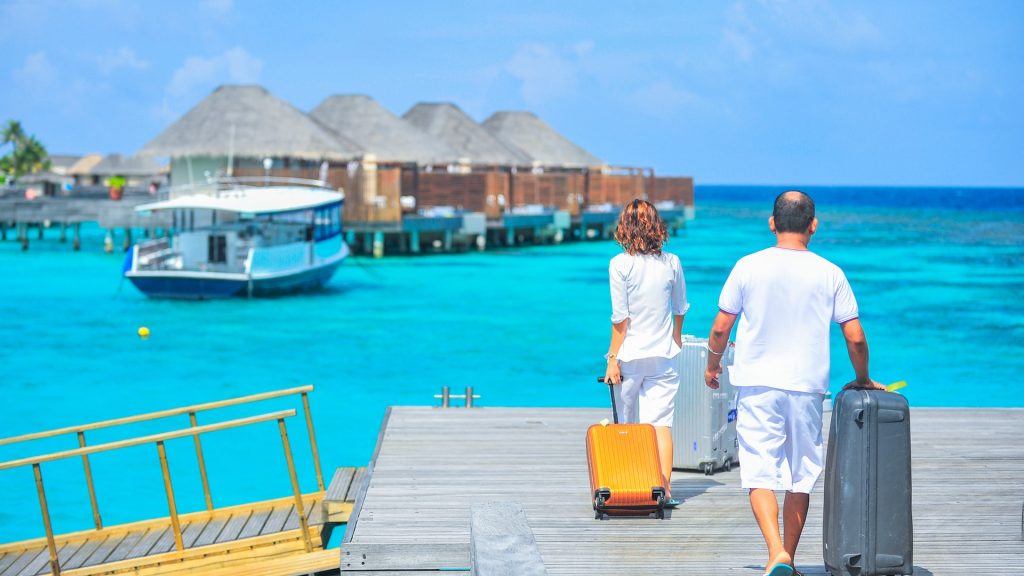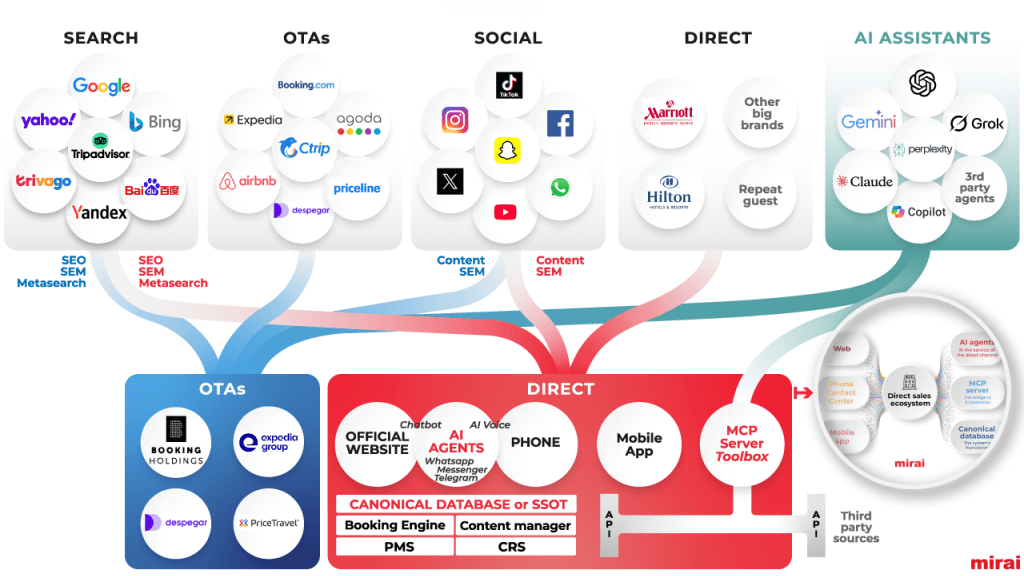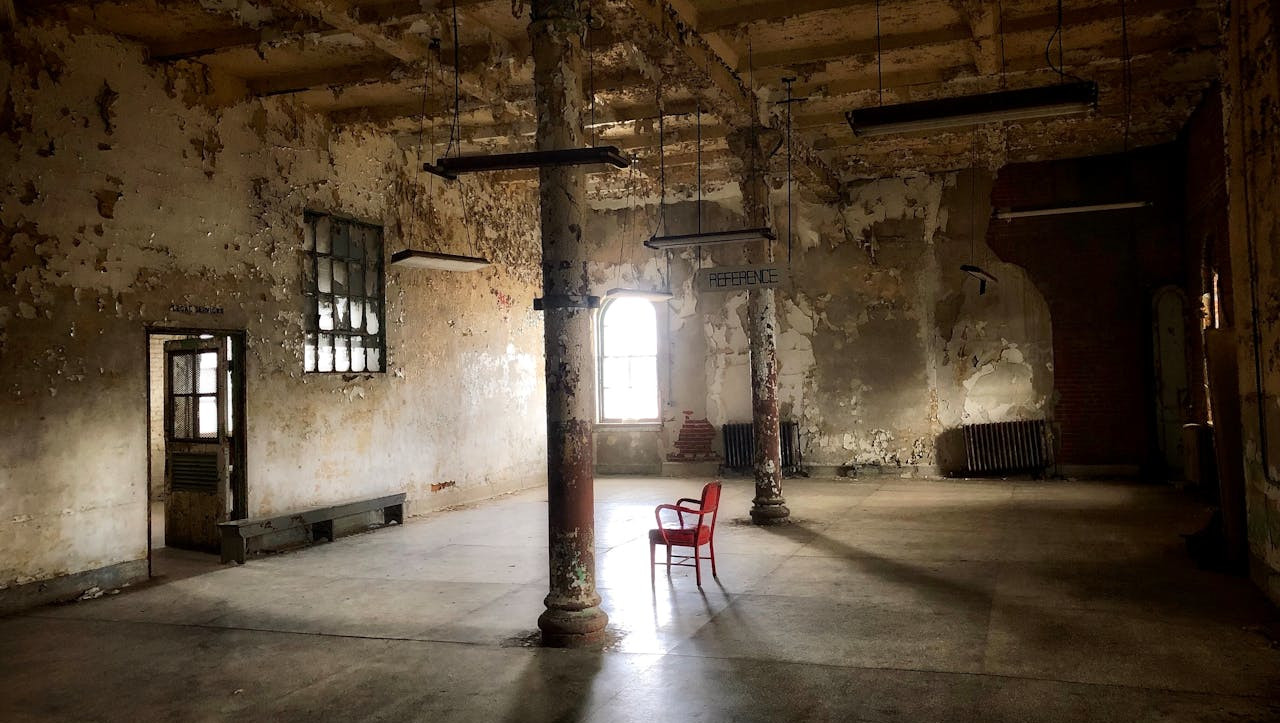
Luxury hotels, known for their opulence and exclusivity, rely on sophisticated marketing strategies to attract discerning guests. The competitive landscape in the luxury hotel sector requires these properties to employ a mix of traditional and digital marketing techniques, each meticulously tailored to resonate with high-net-worth individuals.
NB: This is an article from Americas Great Resorts
Subscribe to our weekly newsletter and stay up to date
We explore how luxury hotels allocate their marketing budgets, the challenges they face with standard marketing options, and some innovative, out-of-the-box marketing ideas to stay ahead in this competitive industry.
The Breakdown of Marketing Spend in Luxury Hotels
A Luxury hotel typically distributes their marketing budgets across several key platforms, each serving a distinct purpose in attracting guests and building brand recognition. Here’s a closer look at how these budgets are often allocated:
- Digital Marketing (35-40%):
- Search Engine Optimization (SEO) and Content Marketing (10-15%): SEO and content marketing are foundational for ensuring the hotel is discoverable online. This includes creating high-quality blog posts, destination guides, and other content that can rank well on search engines, drawing potential guests to the hotel’s website.
- Pay-Per-Click Advertising (PPC) (10-12%): PPC campaigns on platforms like Google Ads and Bing are crucial for targeting specific keywords related to luxury travel. These ads are particularly effective in capturing intent-driven traffic, leading to higher conversion rates.
- Social Media Marketing (8-10%): Platforms like Instagram, Facebook, and LinkedIn are leveraged for both organic and paid campaigns. Instagram, in particular, plays a pivotal role in showcasing the visual appeal of luxury properties through influencer partnerships and high-quality imagery.
- Email Marketing (5-8%): Despite being one of the oldest digital marketing channels, email marketing remains incredibly effective for luxury hotels. Personalized email campaigns, often sent to a curated list of previous guests or potential high-net-worth clients, are used to promote special offers, exclusive events, and seasonal packages.
- Traditional Marketing (25-30%):
- Print Advertising (10-15%): Print ads in high-end lifestyle magazines, travel journals, and luxury-focused publications remain a staple for luxury hotels. These ads are designed to reach affluent readers who are likely to travel in style.
- Public Relations (PR) (10-12%): PR is essential in building and maintaining the brand’s image. This includes media relations, securing features in travel magazines, and organizing press trips for influential journalists.
- Outdoor Advertising (5-8%): Billboards and advertisements in strategic locations like airports, luxury malls, and major city centers help increase visibility among high-net-worth travelers.
- Event Marketing and Partnerships (15-20%):
- Luxury Events and Sponsorships (10-12%): Hosting and sponsoring high-profile events such as fashion shows, charity galas, and exclusive product launches is a way for luxury hotels to position themselves within the luxury market and attract affluent guests.
- Partnerships with Luxury Brands (5-8%): Collaborations with luxury brands (e.g., automotive, jewelry, fashion) for co-branded events or special offers are mutually beneficial, enhancing the brand prestige of both partners.
- Direct Sales and Distribution Channels (10-15%):
- Direct Booking Platforms (5-8%): A significant portion of the budget is allocated to maintaining and enhancing the hotel’s own booking platform, ensuring it’s user-friendly and offers exclusive benefits to direct bookers.
- Third-Party Booking Sites and OTAs (5-7%): While Online Travel Agencies (OTAs) like Expedia and Booking.com are essential for filling rooms, they are also costly due to the commissions charged. However, they remain an important channel, especially during off-peak seasons.




